-
Unleashing the Magic of AI: Transforming 3PL Inventory Management

Dive into the wild world of modern logistics, where AI dons its superhero cape to solve the puzzle of scattered pieces.
-
Inefficient Warehouse Layouts: The Hidden Business Killer
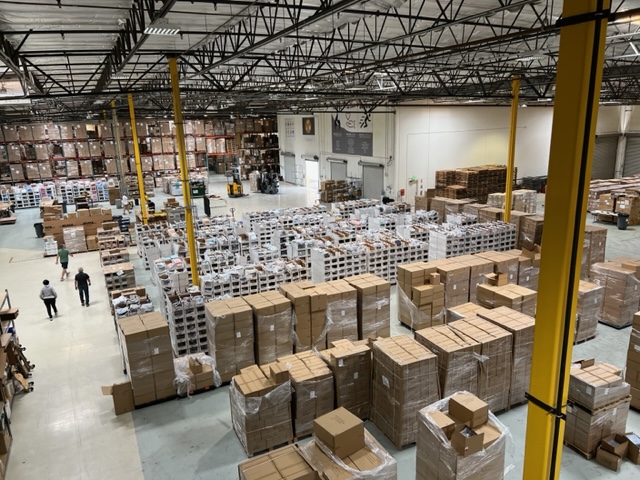
Did you know that an inefficient warehouse layout could be a hidden killer to your business? Let’s explore how.
-
The Game-Changing Benefits of Outsourcing Order Fulfillment to a 3PL
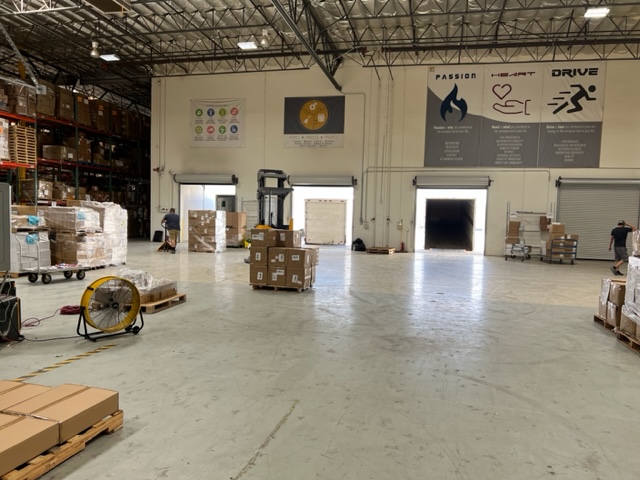
In the highly competitive e-commerce landscape, a business that can fulfill orders quickly, accurately, and efficiently has a distinct advantage over its competitors. By ensuring smooth order fulfillment processes, an e-commerce business can build a loyal customer base, increase brand awareness, and ultimately drive revenue growth.
-
Partnership for Success: Nurturing Relationships with Your 3PL Provider

For business owners out there, you may think you’re a lone wolf, but when it comes to running a successful business, it takes a village. Sure, you could try to ship those goods all by yourself and get a quick win, but if you really want to go the distance, it’s all about teamwork and…
-
Ship Smarter, Not Harder: How 3PL Can Save You on Shipping Expenses

Many companies struggle with finding ways to reduce their shipping costs while still providing fast and reliable service to their customers. One solution to this problem is to partner with a third-party logistics provider (3PL).
-
Maximizing Efficiency: The Top Ecommerce Fulfillment Strategies Used by 3PLs
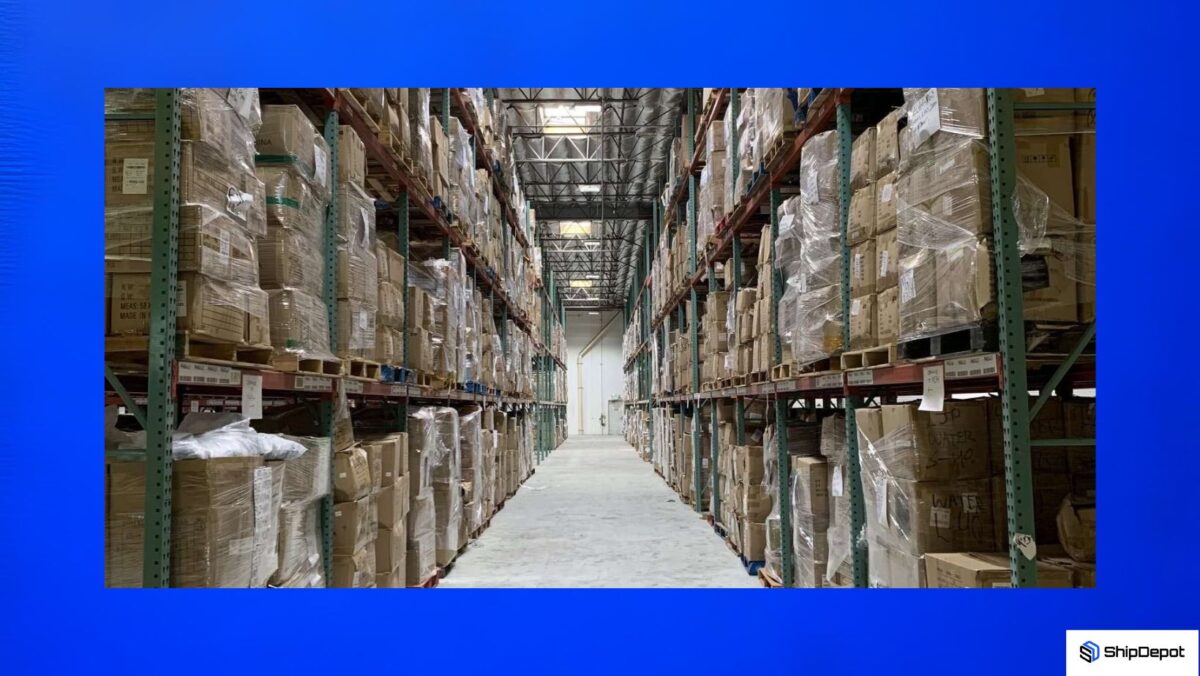
Have you ever wondered how third-party logistics companies (3PLs) operate? What are their strategies to satisfy their customers’ needs and, of course, retain them? Whether you’re looking for a 3PL or not, continue to read on and learn the top fulfillment strategies these companies use to establish a strong foundation for long-term success. Perhaps there…
-
Sustainability in 3PL Warehouses
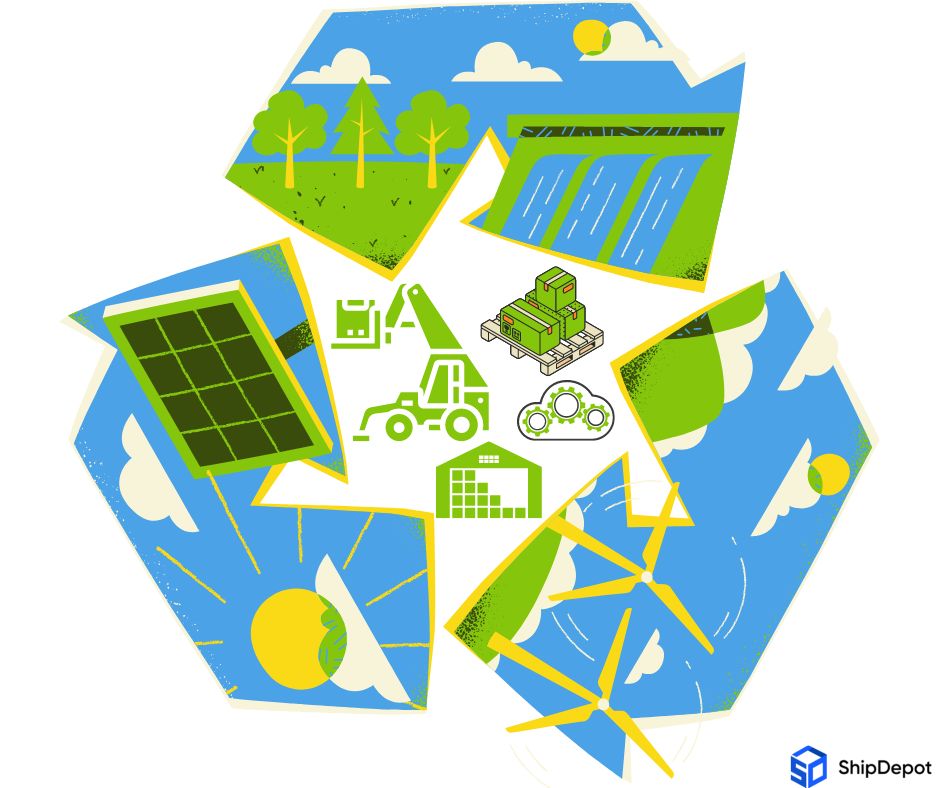
As more companies adopt sustainable practices, third-party logistics (3PL) warehouses are also becoming more environmentally friendly. With the rise of eco-conscious consumers, companies must ensure their supply chains are sustainable, which includes working with environmentally responsible 3PL providers. We, at ShipDepot, believe that sustainability can help future society and empower environmentally conscious businesses and consumers. Continue…
-
Automation in 3PL Warehouses: Benefits, Challenges, and Trends
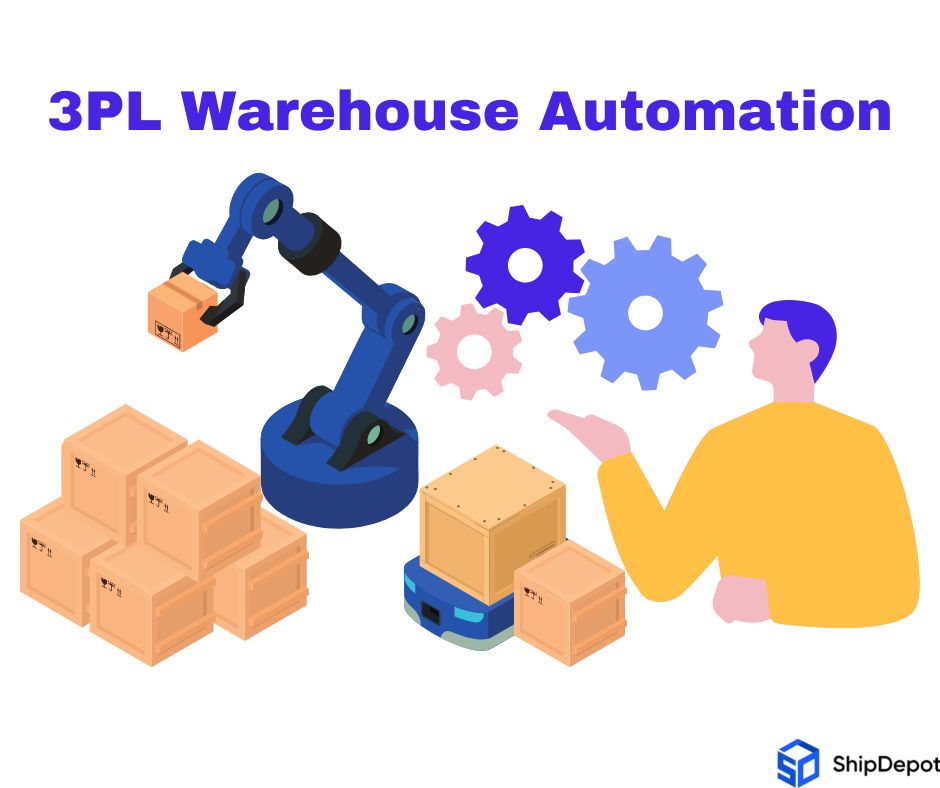
Automation is a hot topic in 3pl providers nowadays. In fact, according to a recent survey by the logistics software company Descartes, nearly 70% of logistics professionals believe that automation will be a key driver of growth for the industry over the next five years. As the logistics industry continues to evolve, technology has become…
-
Optimizing Your 3PL Partnership: Best Practices for Effective Collaboration

As businesses continue to expand and grow, they often require the services of a third-party logistics (3PL) provider to manage their supply chain operations. A 3PL can provide businesses with a range of services such as warehousing, pick/pack, inventory management, transportation, and distribution.
-
Tips for Optimizing eCommerce Fulfillment for US Sellers: A Comprehensive Guide
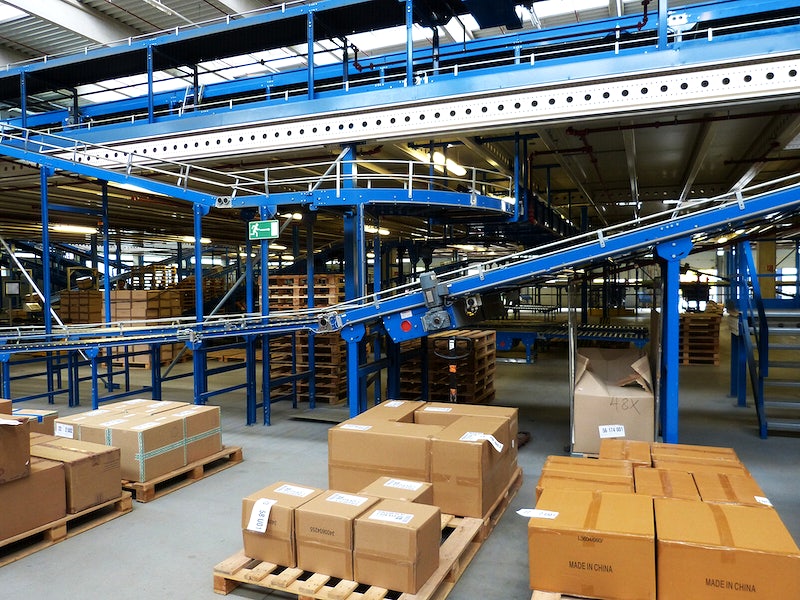
eCommerce has become an integral part of the retail industry, with millions of people shopping online every day. As an eCommerce seller, it’s important to have a solid fulfillment strategy in place to ensure that your customers receive their orders in a timely and efficient manner. In this guide, we’ll be sharing some tips on…